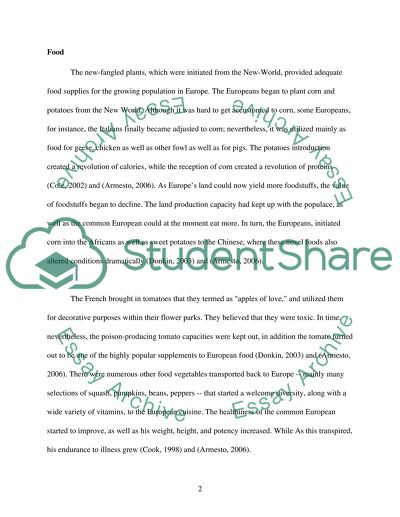Cite this document
(“Coloniaism, Development, Culture and Resistance Essay”, n.d.)
Coloniaism, Development, Culture and Resistance Essay. Retrieved from https://studentshare.org/history/1476562-coloniaism-development-culture-and-resistance
Coloniaism, Development, Culture and Resistance Essay. Retrieved from https://studentshare.org/history/1476562-coloniaism-development-culture-and-resistance
(Coloniaism, Development, Culture and Resistance Essay)
Coloniaism, Development, Culture and Resistance Essay. https://studentshare.org/history/1476562-coloniaism-development-culture-and-resistance.
Coloniaism, Development, Culture and Resistance Essay. https://studentshare.org/history/1476562-coloniaism-development-culture-and-resistance.
“Coloniaism, Development, Culture and Resistance Essay”, n.d. https://studentshare.org/history/1476562-coloniaism-development-culture-and-resistance.


